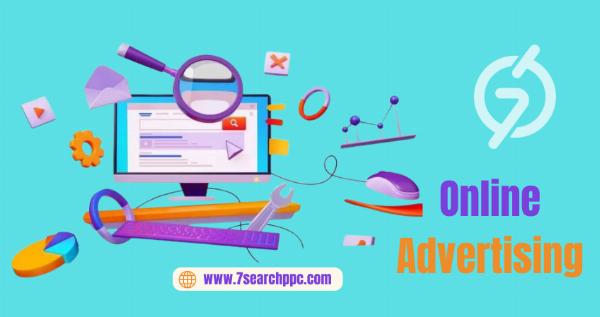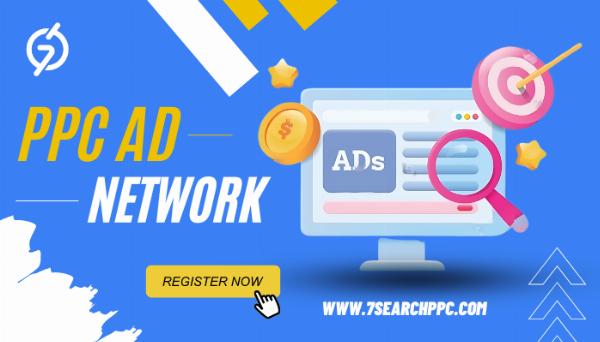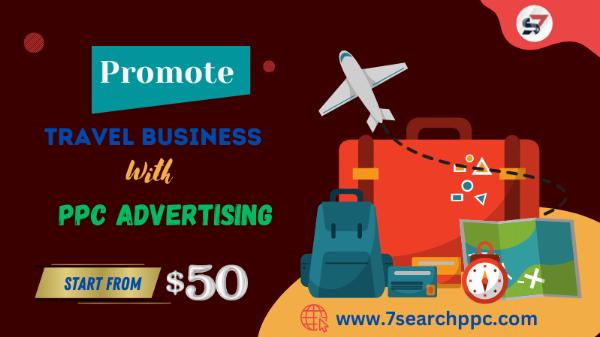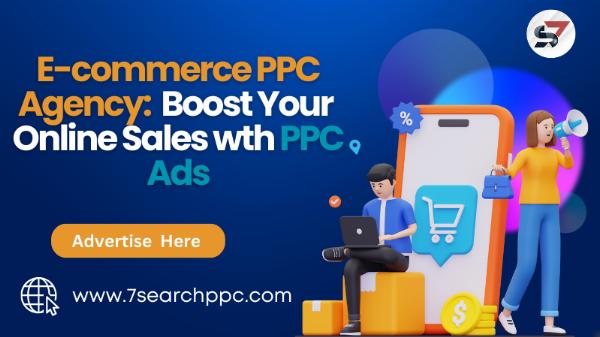Online Advertising: Meaning, Types & Methods

Strong 8k brings an ultra-HD IPTV experience to your living room and your pocket.
Definition of Online Advertising
Online advertising, also known as digital advertising, is a form of marketing that utilizes the internet to deliver promotional messages to consumers. This includes a variety of ad formats such as search engine results pages (SERPs), social media platforms, websites, and email.
Importance of Online Advertising in the Digital Age
In today's digital era, online advertising is crucial for businesses of all sizes. It allows companies to reach a global audience, target specific demographics, and track the performance of their campaigns in real-time. This level of precision and insight was not possible with traditional advertising methods.
History of Online Advertising
Early Days of Online Advertising
The history of online advertising dates back to the early 1990s. The first-ever clickable ad was launched by AT&T on October 27, 1994, on the HotWired website. This banner ad marked the beginning of a new era in advertising, offering unprecedented reach and engagement.
Evolution Over the Years
Since the 1990s, online advertising has evolved significantly. The introduction of Google AdWords in 2000 revolutionized the industry with a pay-per-click model. Social media platforms like Facebook, Twitter, and Instagram have further expanded the reach and targeting capabilities of online ads. Today, advancements in technology continue to shape the landscape of online advertising, making it more effective and sophisticated.
Types of Online Advertising
Display Advertising
Display Advertising involves visually engaging ads displayed on websites, apps, and social media platforms.
- Banner Ads: These are rectangular ads displayed at the top, bottom, or sides of a webpage.
- Pop-ups and Pop-unders: Ads that appear in a new window or tab, either on top of the current window (pop-up) or underneath it (pop-under).
- Rich Media Ads: Interactive ads that can include video, audio, and other multimedia elements.
Search Engine Marketing (SEM)
SEM is a form of internet marketing that involves the promotion of websites by increasing their visibility in search engine results pages.
- Pay-Per-Click (PPC): Advertisers pay a fee each time their ad is clicked.
- Search Engine Optimization (SEO): The process of optimizing web content to rank higher in search engine results.
Social Media Advertising
Social Media Advertising involves using social media platforms to promote products and services.
- Facebook Ads: Offers detailed targeting options based on demographics, interests, and behaviors.
- Instagram Ads: Utilizes visual content to engage users.
- Twitter Ads: Promoted tweets and accounts.
- LinkedIn Ads: B2B advertising targeting professionals.
- TikTok Ads: Short-form video ads targeting younger demographics.
Video Advertising
Video Advertising uses video content to promote products and services.
- YouTube Ads: In-stream ads that play before or during videos.
- In-stream and Out-stream Ads: In-stream ads play within a video player, while out-stream ads play outside of a video player, such as in a text article.
Native Advertising
Native Advertising involves ads that blend seamlessly with the content they appear alongside.
- Sponsored Content: Articles or videos created to promote a brand but made to look like editorial content.
- In-feed Ads: Ads that appear in the user's social media feed.
Email Marketing
Email Marketing involves sending promotional messages directly to consumers' inboxes.
- Promotional Emails: Advertise products, services, or events.
- Transactional Emails: Sent in response to an action taken by the user, such as a purchase confirmation.
Affiliate Marketing
Affiliate Marketing is a performance-based marketing strategy where affiliates earn a commission for driving traffic or sales to another company's website.
- Performance-Based Advertising: Affiliates are rewarded for each visitor or customer brought by their marketing efforts.
Influencer Marketing
Influencer Marketing involves collaboration with influencers to promote products or services.
- Collaboration with Influencers: Brands partner with influencers who have a significant following to reach their audience.
Programmatic Advertising
Programmatic Advertising is the automated buying and selling of online advertising.
- Automated Buying and Selling of Ads: Uses software and algorithms to purchase digital ads.
Methods and Strategies in Online Advertising
Target Audience Analysis
Understanding the characteristics and behaviors of the target audience to create relevant and engaging ads.
Ad Placement Strategies
Deciding where to place ads for maximum visibility and impact, whether on websites, social media, or search engines.
Bidding Strategies
Determining how much to bid on ad placements to achieve the best return on investment.
Ad Creative Development
Creating compelling and visually appealing ads that capture the audience's attention.
A/B Testing
Testing different versions of ads to see which performs better and optimize accordingly.
Retargeting
Re-engaging users who have previously interacted with the brand but did not convert.
Conversion Rate Optimization (CRO)
Improving the website and ad experience to increase the percentage of visitors who complete a desired action.
Analytics and Reporting
Measuring and analyzing the performance of ad campaigns to make data-driven decisions.
Benefits of Online Advertising
- Wide Reach: Ability to reach a global audience instantly.
- Cost-Effectiveness: Online ads can be more affordable than traditional advertising methods, offering better ROI.
- Measurable Results: Detailed analytics provide insights into campaign performance, helping to refine strategies.
- Flexibility and Customization: Ads can be easily adjusted based on performance and market trends.
- Enhanced Engagement: Interactive and multimedia ads can engage users more effectively.
Challenges in Online Advertising
- Ad Fraud: Issues with fake clicks and impressions that inflate ad costs.
- Ad Blockers: Tools that prevent ads from being displayed to users.
- Privacy Concerns: Growing concerns over data privacy and regulations like GDPR.
- High Competition: The competitive nature of online advertising requires continuous optimization and innovation.
- Keeping Up with Trends: Staying updated with the latest trends and technologies can be challenging but necessary.
Latest Trends in Online Advertising
- Artificial Intelligence and Machine Learning: Using AI to optimize ad targeting and performance.
- Personalization: Creating personalized ad experiences based on user data and behavior.
- Voice Search Optimization: Adapting strategies for the growing use of voice search.
- Video and Interactive Content: Increasing use of video and interactive content to engage users.
- Augmented Reality (AR) and Virtual Reality (VR): Innovative technologies providing immersive ad experiences.
- Programmatic Advertising Advancements: Continuous improvements in automated ad buying and selling.
Future of Online Advertising
- Predictions and Projections: Future trends and expected growth areas in online advertising.
- Emerging Technologies and Their Impact: How new technologies will shape the future of online advertising.
- Sustainability and Ethical Advertising: The importance of ethical practices and sustainability in advertising.
Case Studies in Online Advertising
- Successful Campaigns: Examples of successful online advertising campaigns and the strategies behind them.
- Lessons Learned: Insights and lessons from both successful and less successful campaigns.
Conclusion
Summary of Key Points: A recap of the main points discussed in the article.
Call to Action for Further Learning and Implementation: Encouraging readers to continue learning and apply the strategies discussed.
Note: IndiBlogHub features both user-submitted and editorial content. We do not verify third-party contributions. Read our Disclaimer and Privacy Policyfor details.







